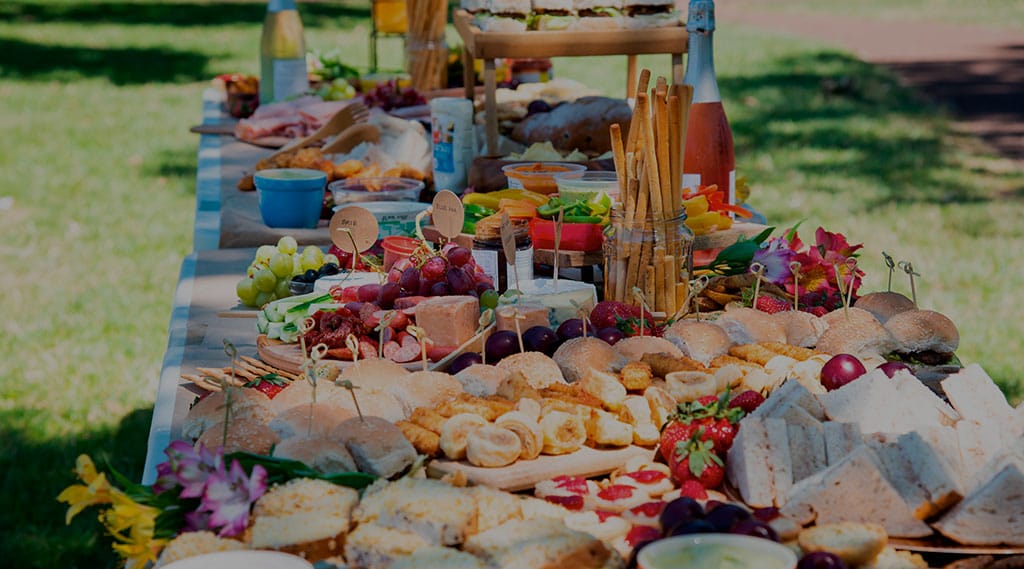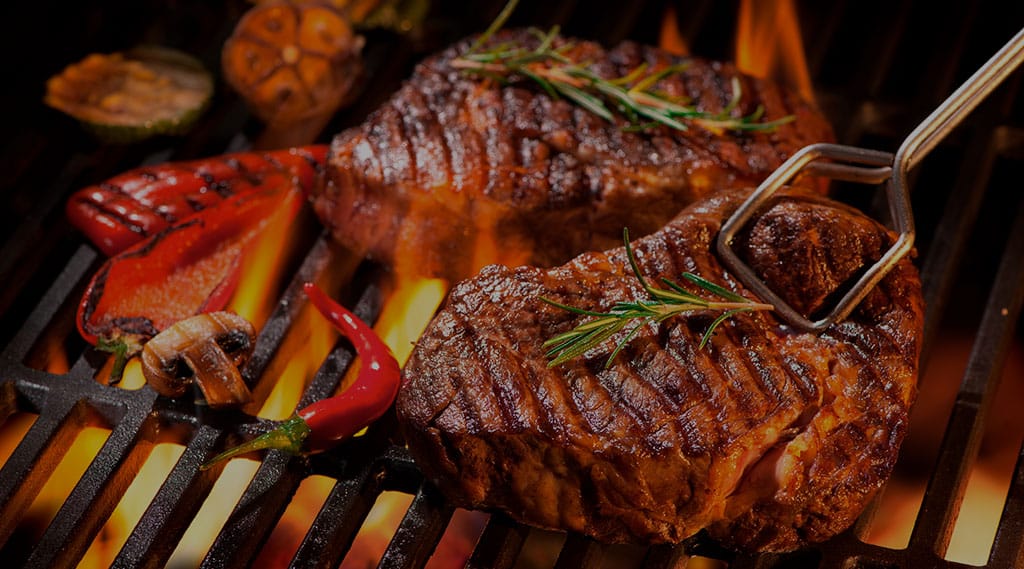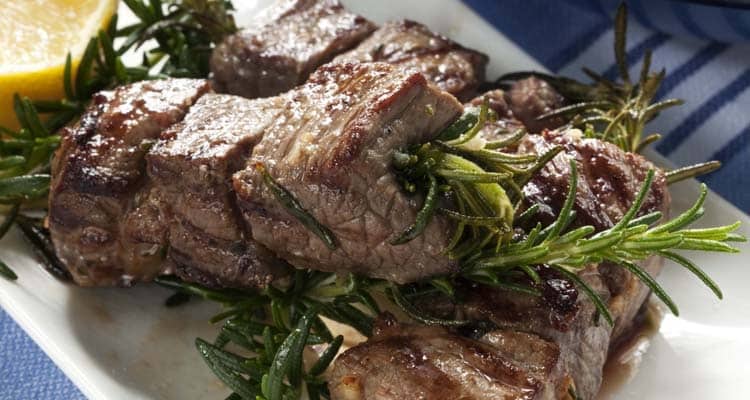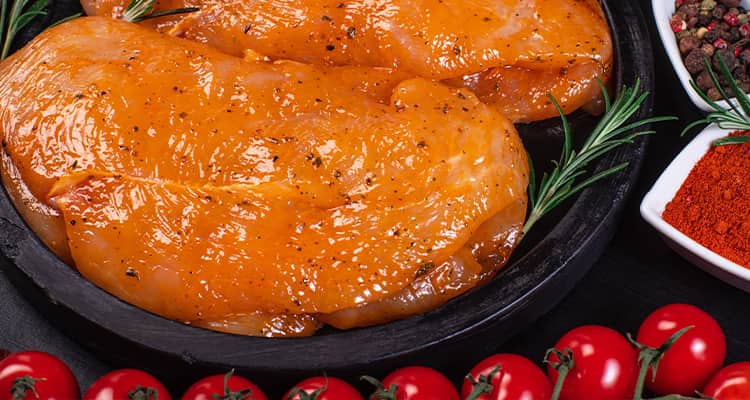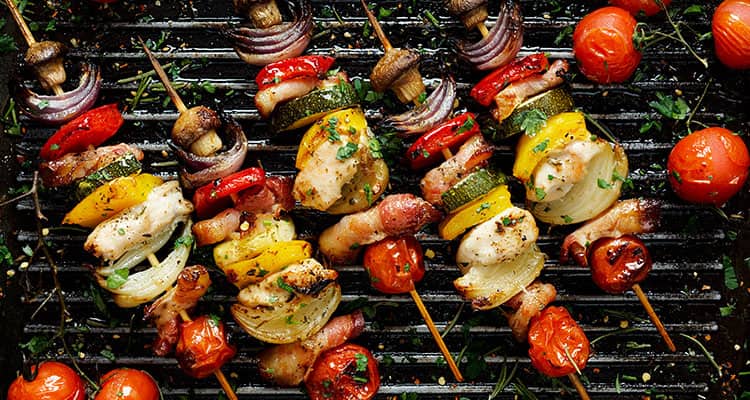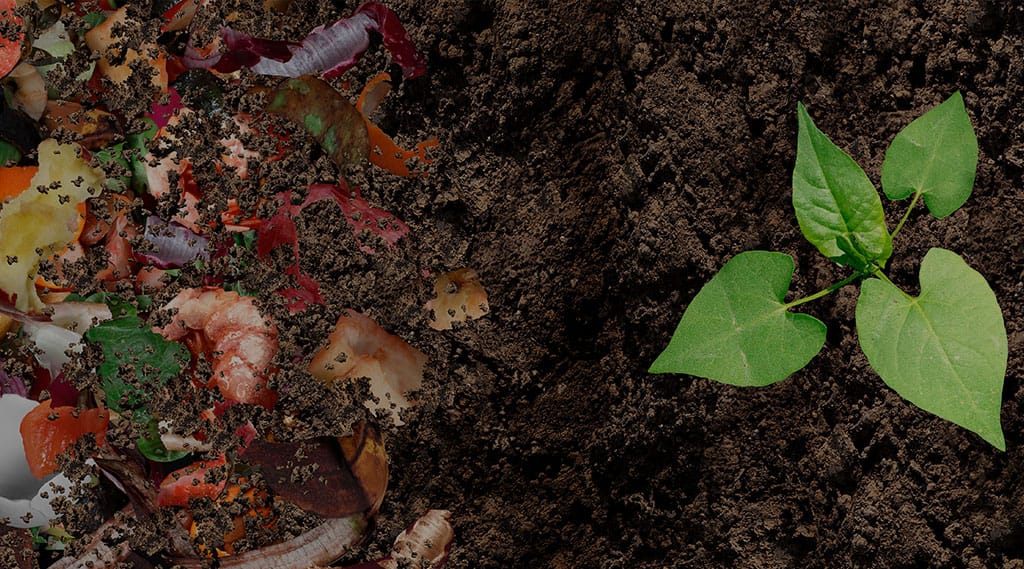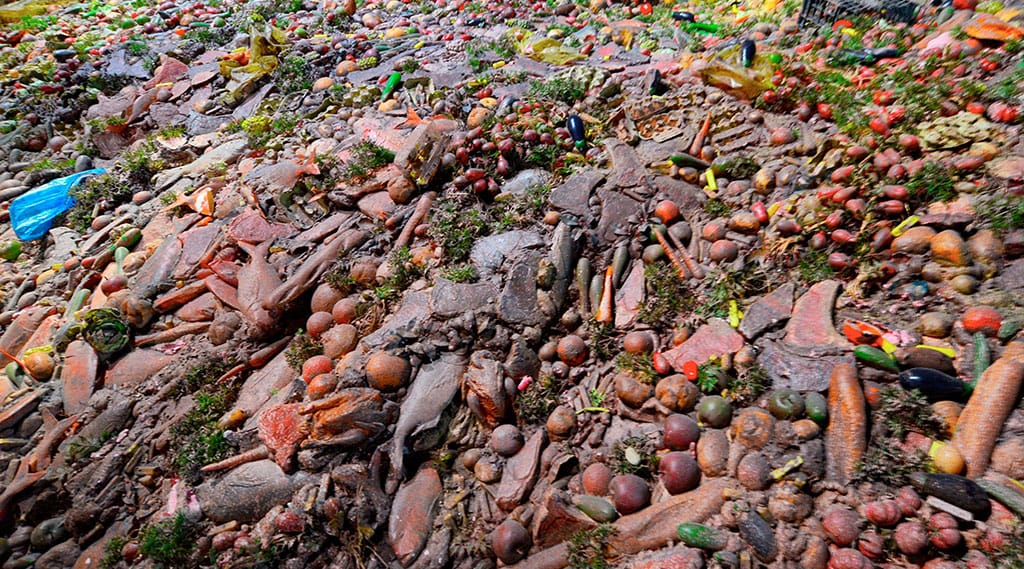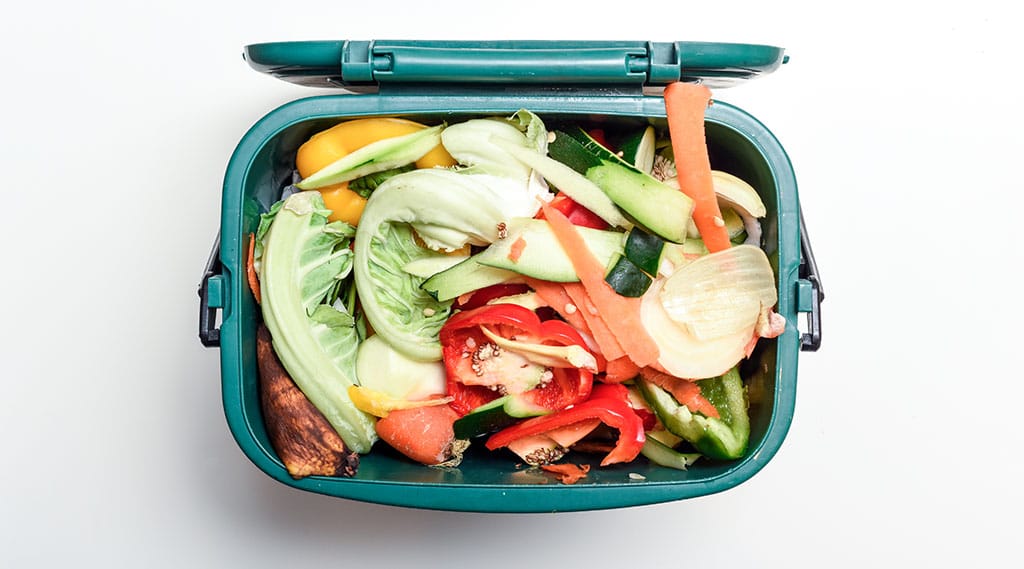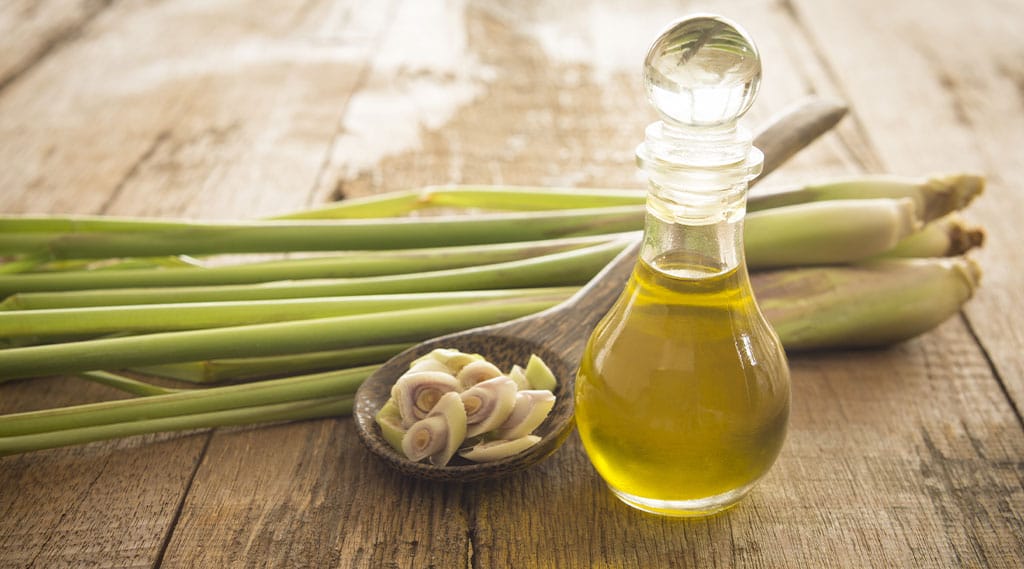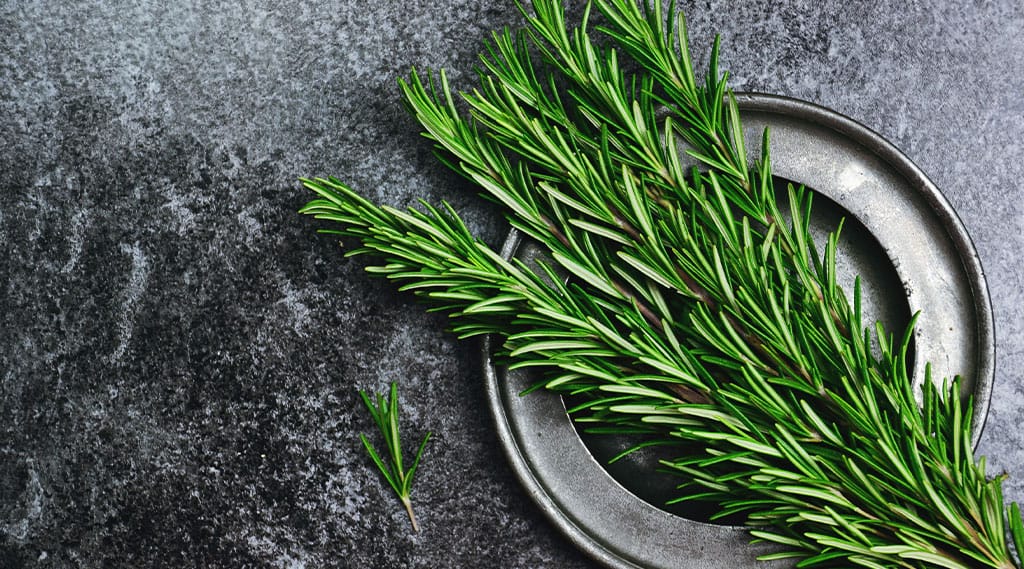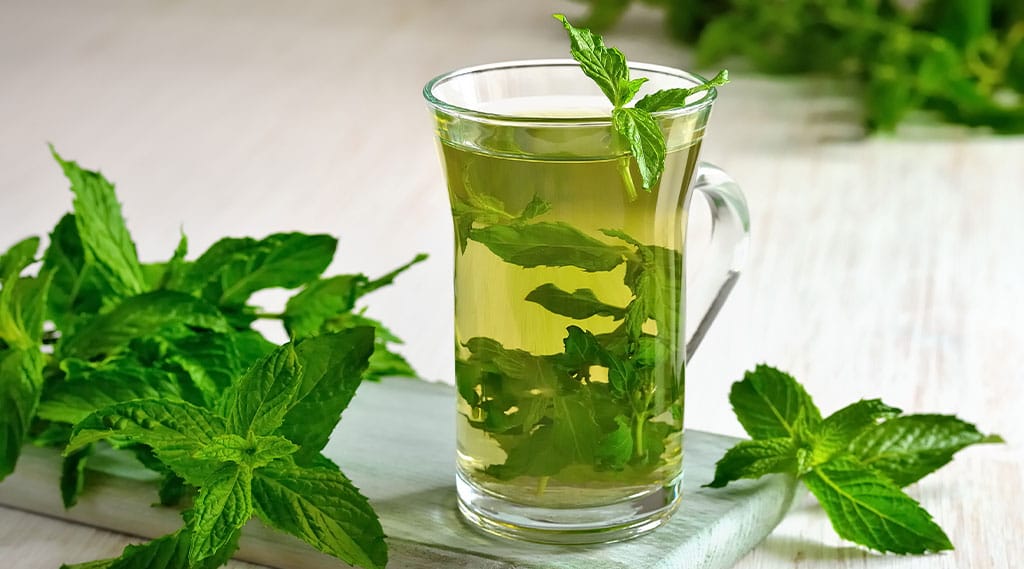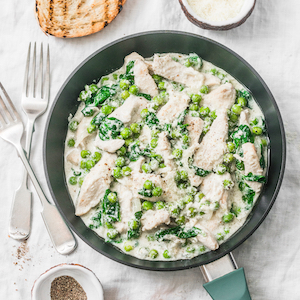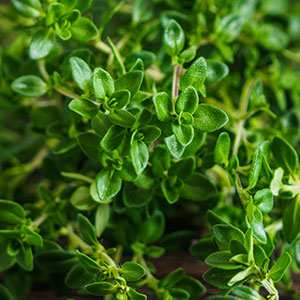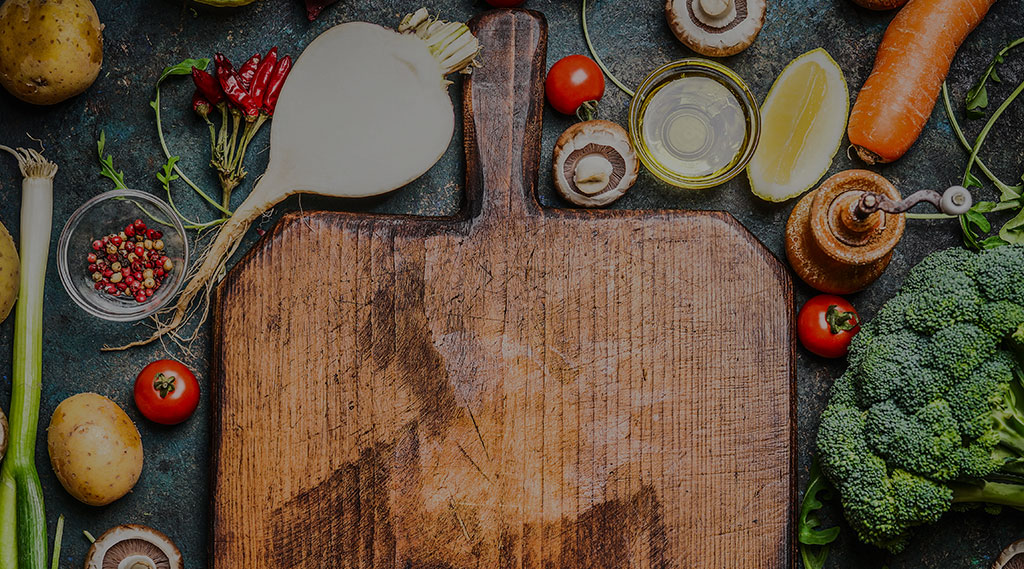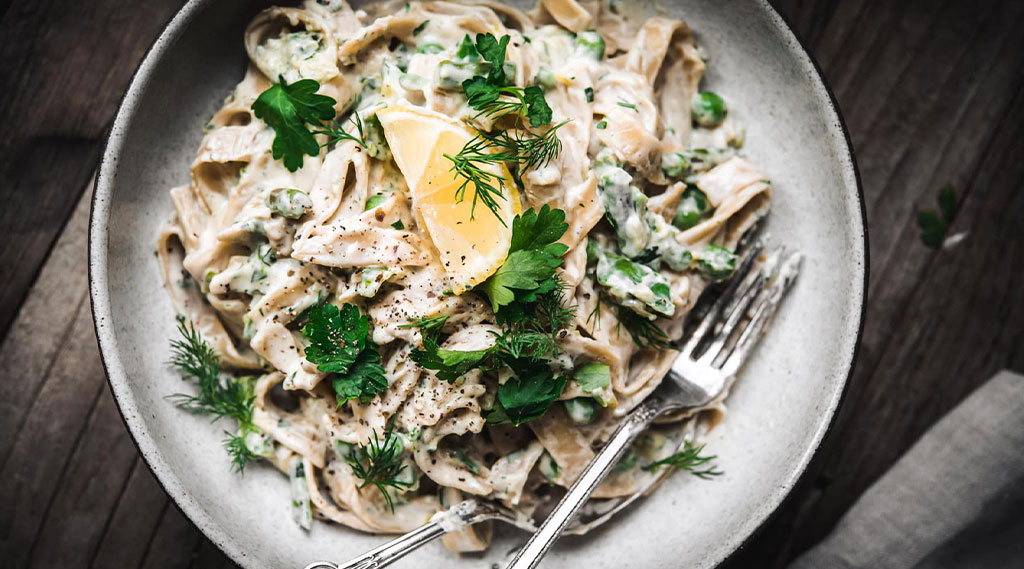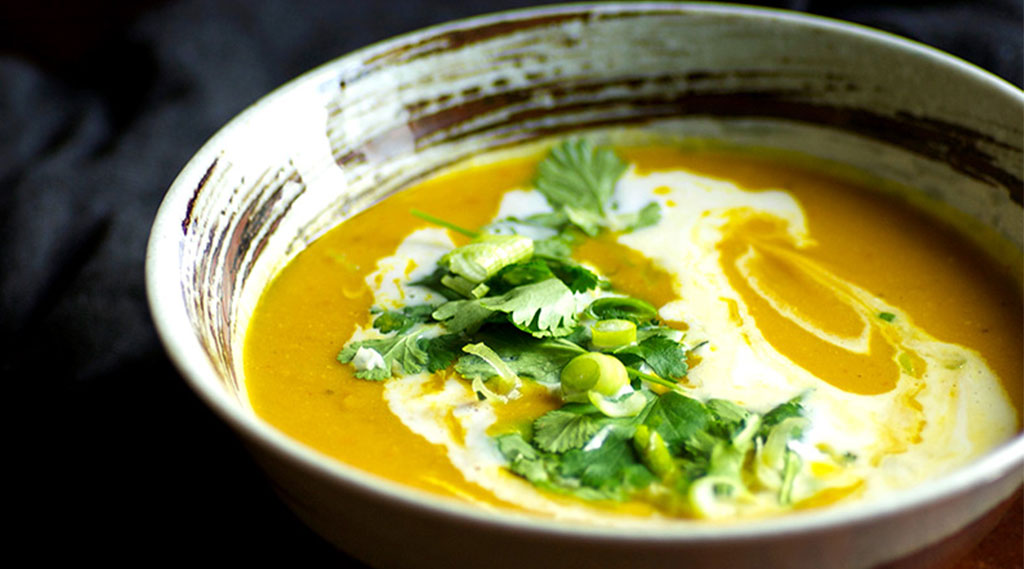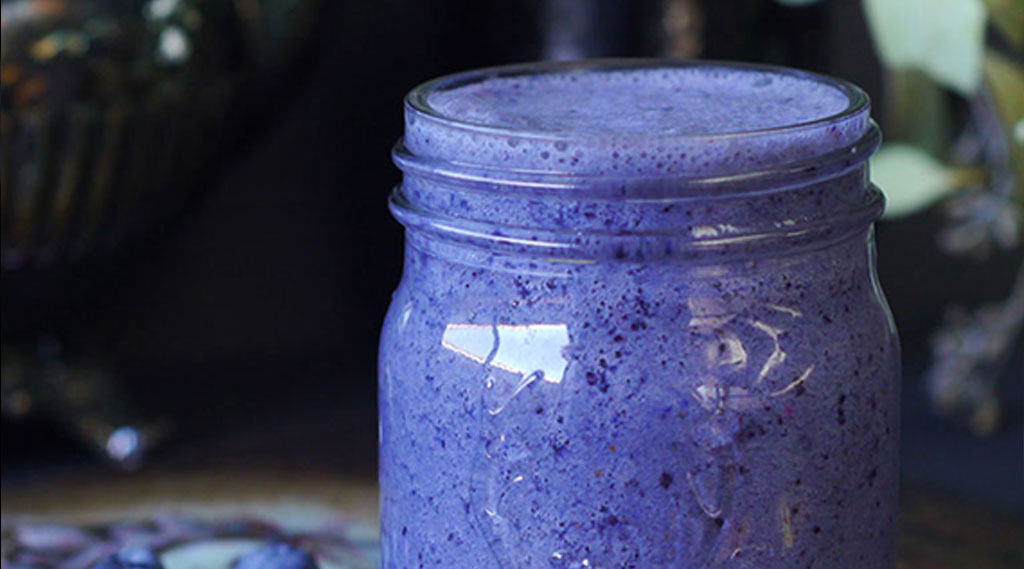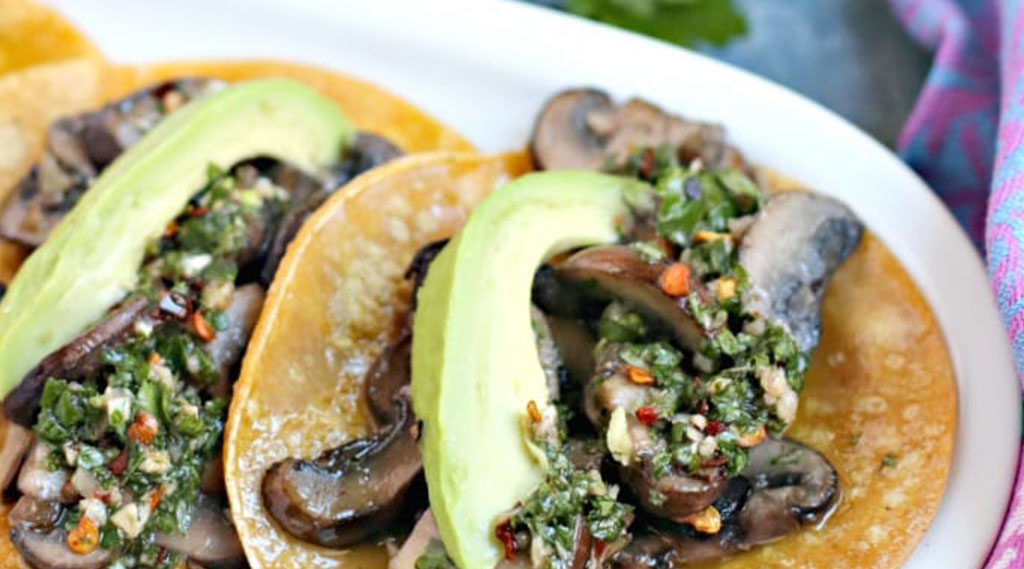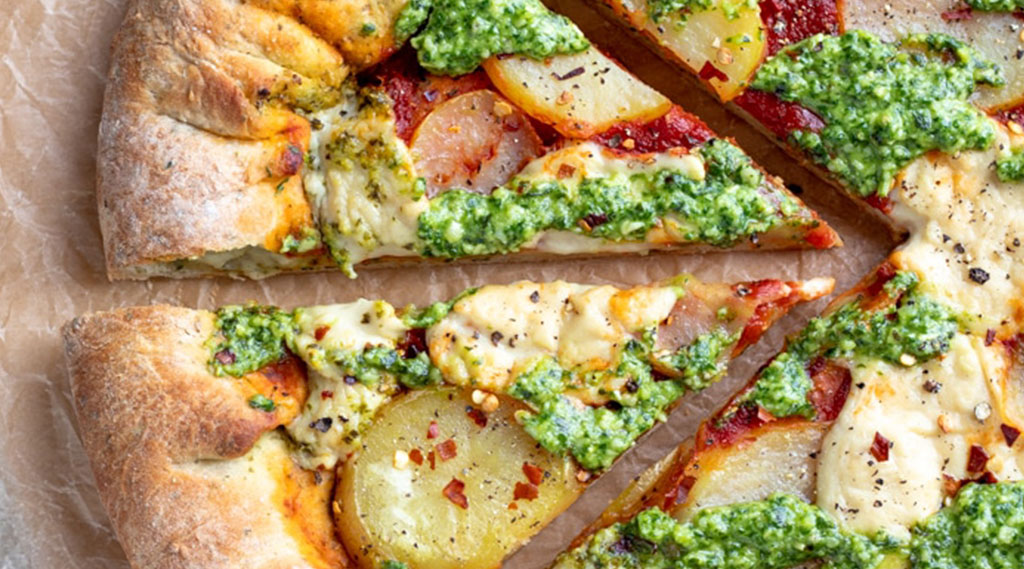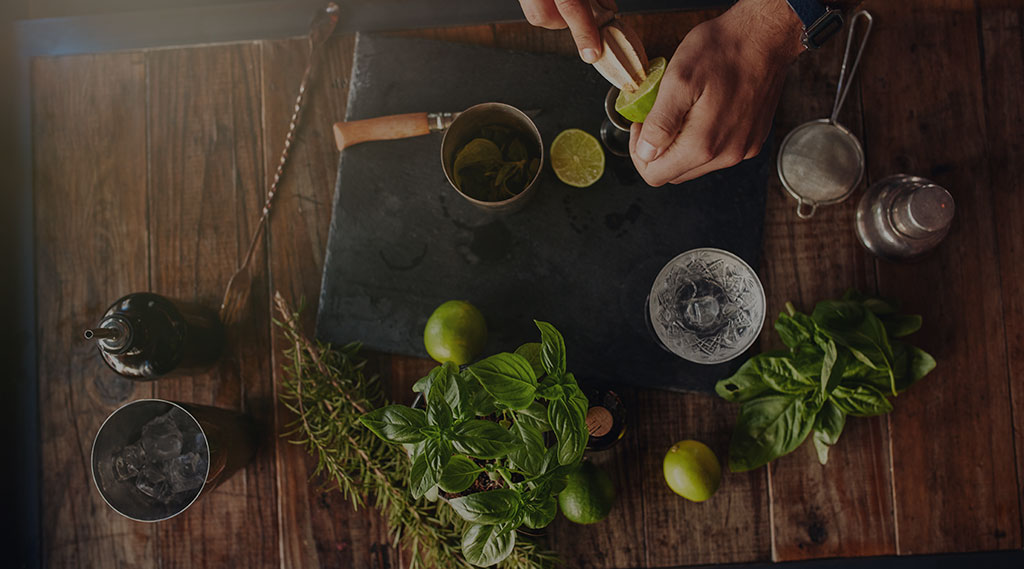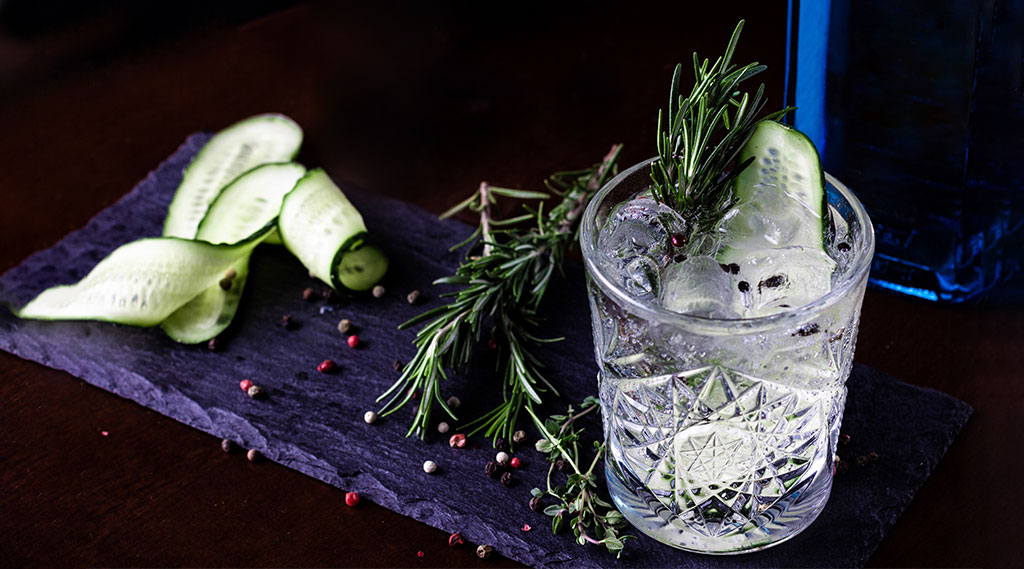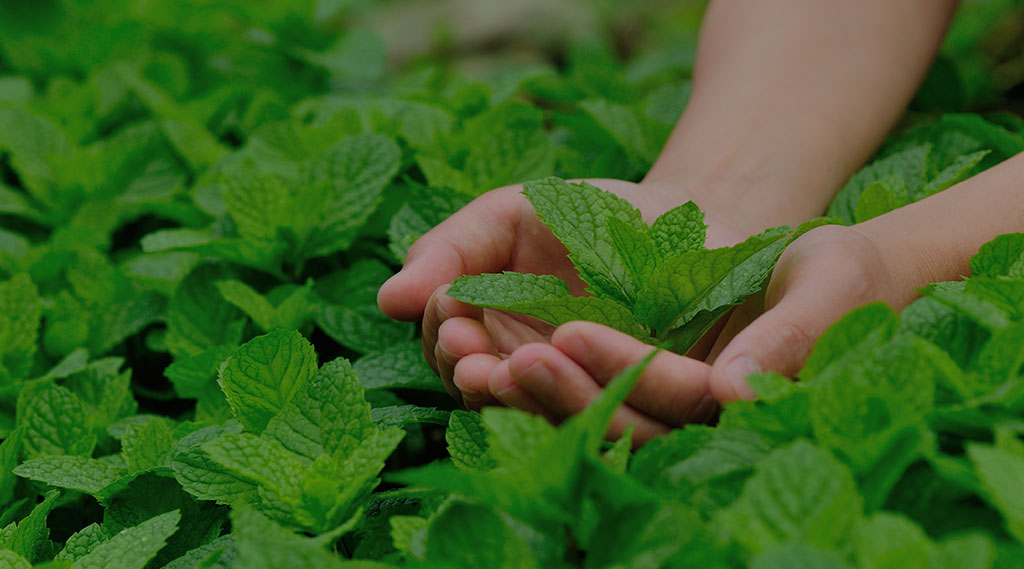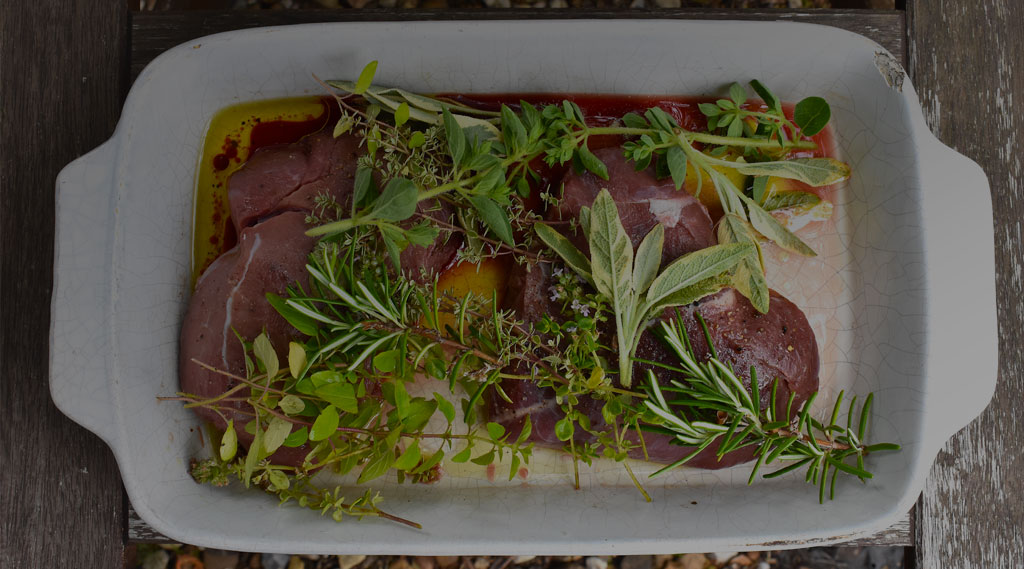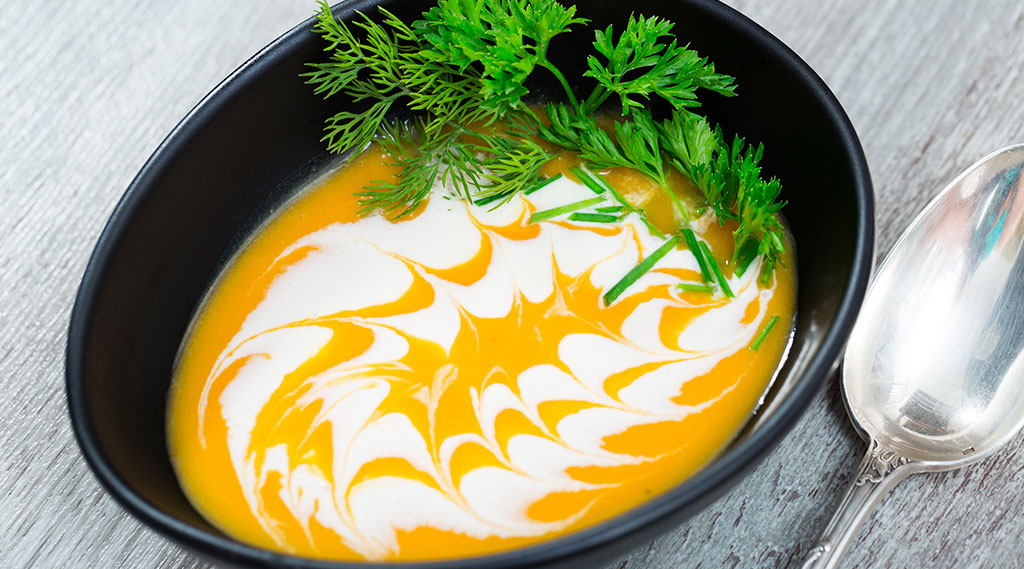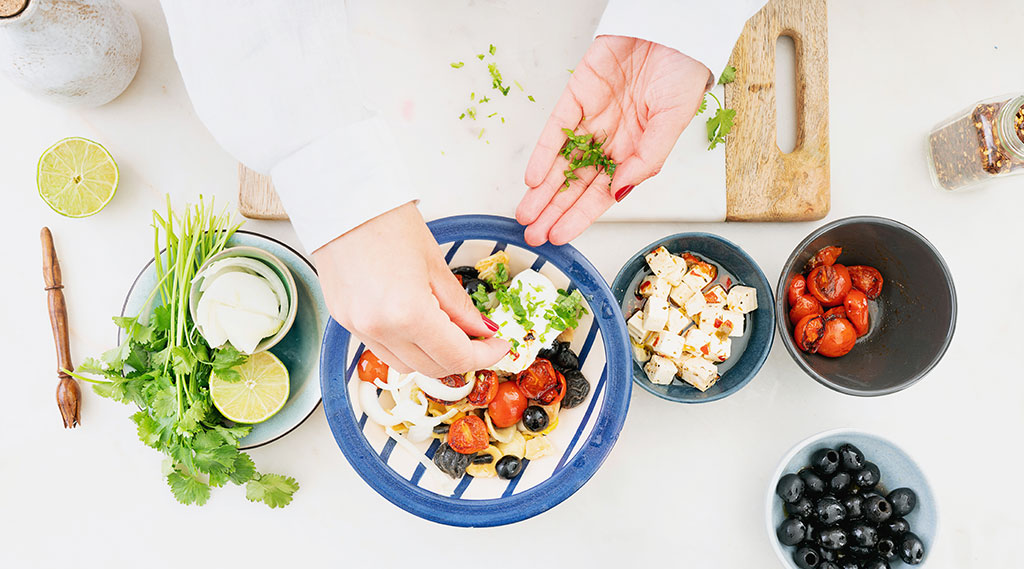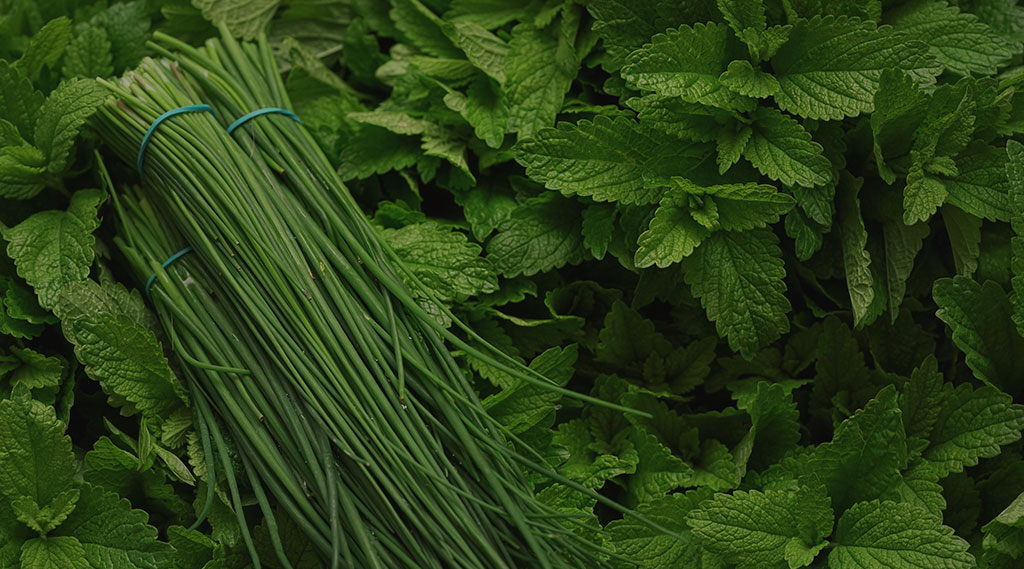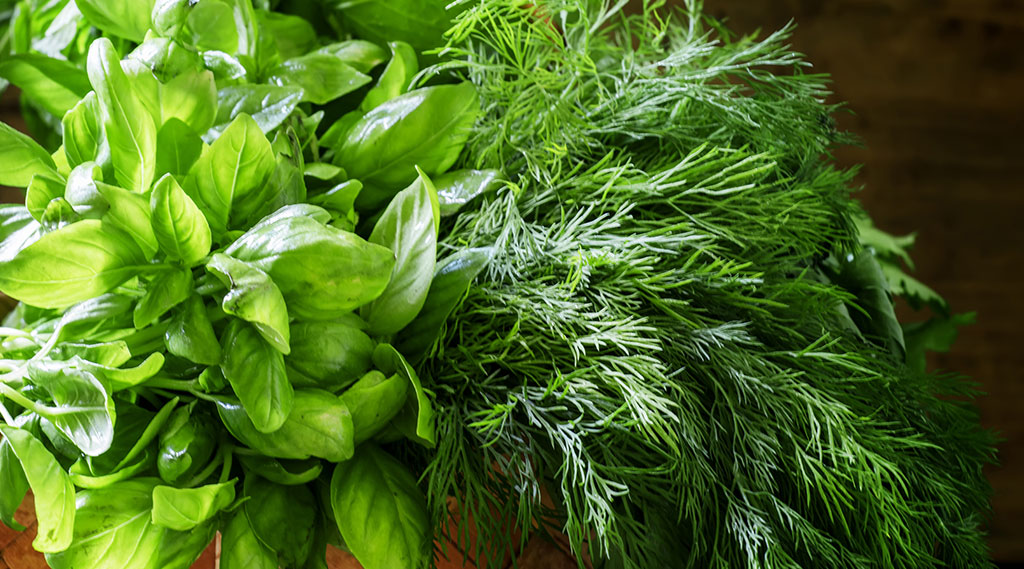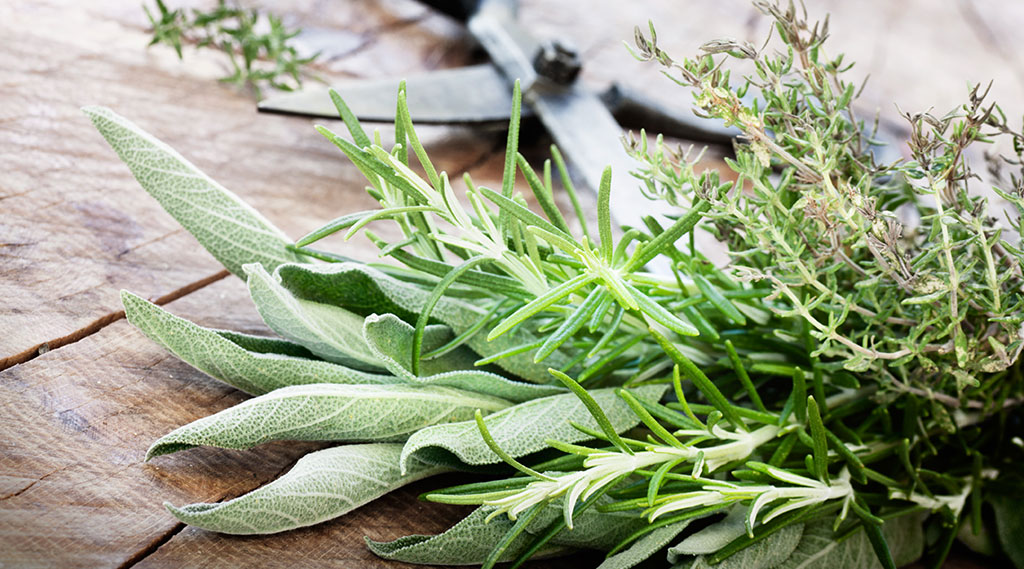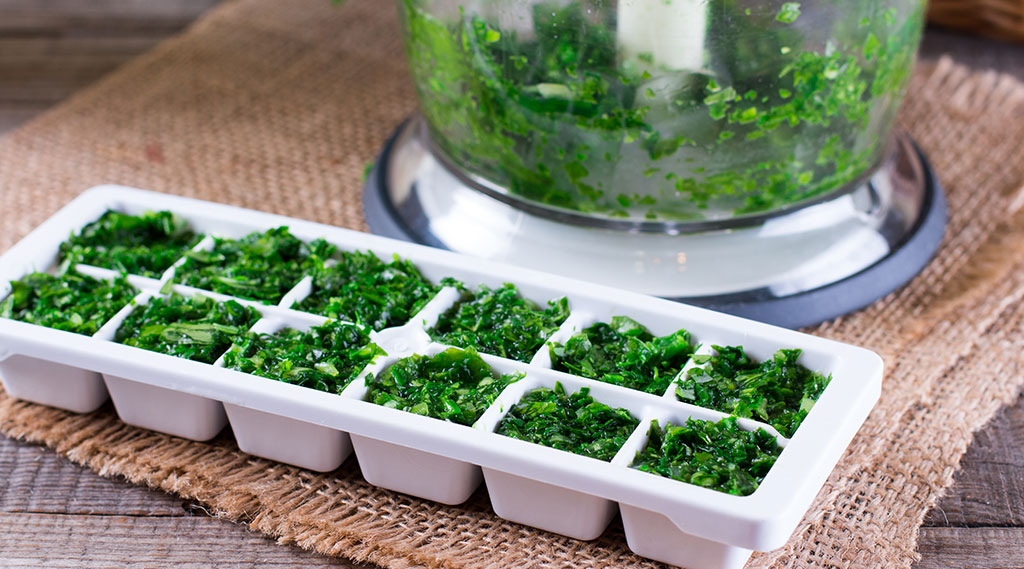With National Picnic Week happening from 19th-27th June, we decided to help you elevate your picnic with fresh herb recipes the whole family will love!
Read on to learn about the fresh herbs to make your picnic better – and discover the recipes we reckon might make up the ultimate herb-filled food picnic platter.
Fennel and sage pork pies
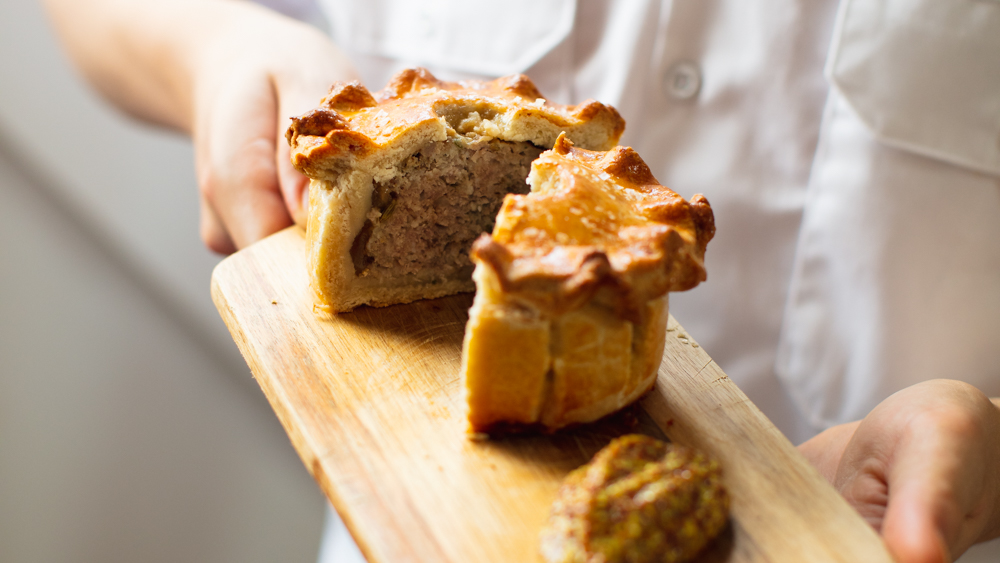
Image credit: Sorted Club
You can’t go wrong with the humble pork pie – and we think this recipe from Sorted Club offers one of the very best herb-filled foods for a picnic.
Packed with pork belly and pork shoulder alongside echalion shallots, plus the titular fennel seeds and sage herbs, it also includes a sharp cider jelly and hot water crust pastry for a mouth-watering picnic treat!
Sage and onion sausage rolls

Image Credit: Cookipedia
These sage and onion sausage rolls from the wonderfully named Cookipedia are called a Christmas favourite over on their website – but we say they’d be ideal for the ultimate herb-filled food picnic platter!
Just two teaspoons of finely chopped fresh sage brings a real richness to a recipe that also jams in sausage meat, chopped onions and poppy seeds into a fantastically flaky puff pastry casing.
Garlic and herb cream cheese
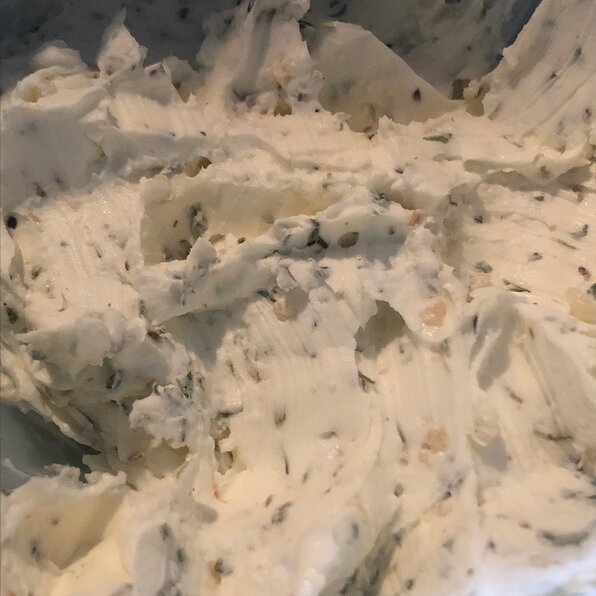
Image credit: allrecipes
You can’t have a picnic without a little bit of cheese (or a vegan alternative!) – and we’re especially big fans of a creamy one that’s equally suited for spreading or dipping.
That’s why we’ve picked this garlic and herb cream cheese from allrecipes for our ultimate herb-filled food picnic platter. The herbs included are dried dill weed, oregano, basil and thyme – all of which you can dry in a variety of ways.
With butter, cream cheese and parmesan all in there too, it’s probably not one for anyone on a health kick, or those avoiding dairy. However, this cashew cream-based vegan option from Minimalist Baker makes for a very tasty alternative!
Quinoa cucumber salad with feta, dill and mint
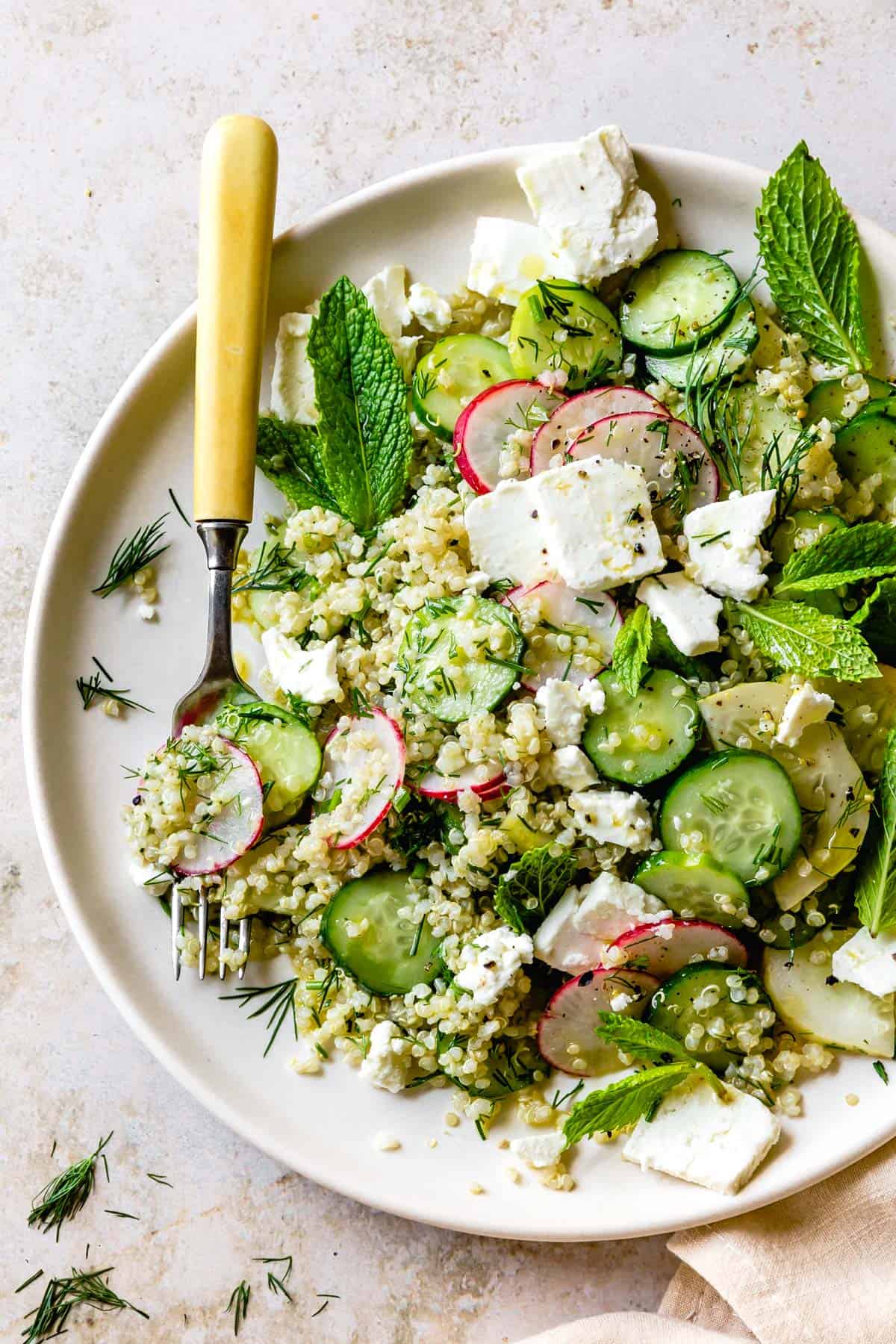
Image credit: The Bojon Gourmet
No picnic would be complete without some leaves, and this quick fresh salad recipe by The Bojon Gourmet is one you and your picnic pals won’t want to leave alone until every last bit is gone!
The cucumbers and radishes give it a really satisfying crunch, while the feta gives it a creamy edge that’s perfectly complemented by a dressing made from garlic, olive oil, lemon, and vinegar. However, it’s the dill and mint we really love, adding a freshness and earthiness that’s rare, even for a homemade salad! Definitely two of our favourite fresh herbs to make your picnic better.
Cheesy ham and herb quiche

Image credit: Homemade in the Kitchen
Rosemary, thyme and parsley play a starring role in this summery quiche recipe from Homemade in the Kitchen. The blog’s author Carla says “the addition of fresh herbs paired with the saltiness of the ham really kicks the flavour up a notch” – and having tried it out for ourselves, we completely agree!
It’s definitely one of our best herb-filled foods for a picnic. Give it a try yourself; we’re sure you’ll think so too!
Rosemary-infused chocolate mousse
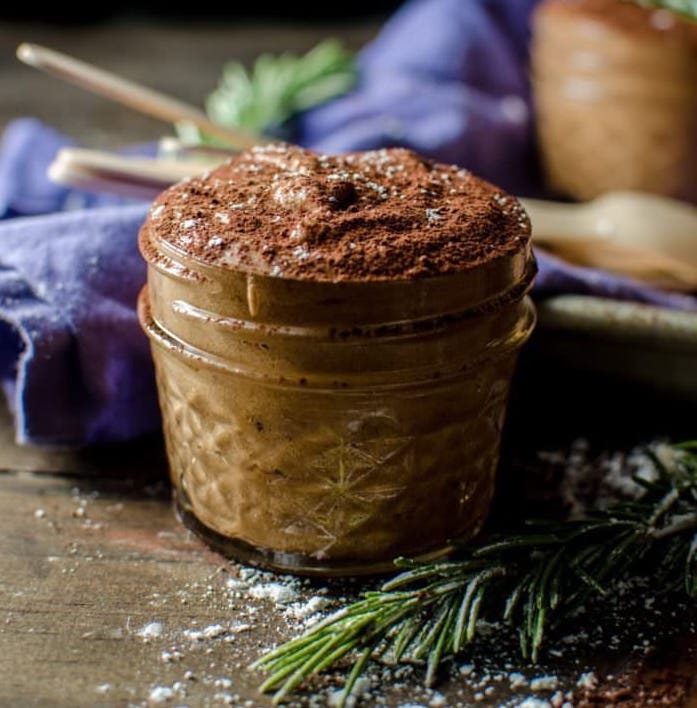
Image credit: The Flavour Bender
Like with any big meal, it’s always nice to finish with something sweet. And this rosemary-infused chocolate dessert from The Flavour Bender is a rich and delicious little bit of luxury that’s easily amongst the best herb-filled food for a picnic.
The rosemary adds an earthiness that’s unusual for a mousse, and really does balance out the sweetness of the chocolate – just as the recipe says. The best bit though is you can change up the amounts and types of chocolate you use, giving each batch you make a bit of a different flavour.
Being a mousse, you can place this dessert in ramekins or small Tupperware pots and whip them out to surprise guests at the end of your picnic. We’re sure they’ll love it – as long as they have room left by that point!
Happy picnicking!
So that’s our six tantalising recipes that make up the ultimate herb-filled food picnic platter for National Picnic Week and beyond. Which one are you most excited to try? Let us know in the comments below.
Looking for more tasty ways to use fresh herbs in your cooking? Head on over to The Chopping Board.

